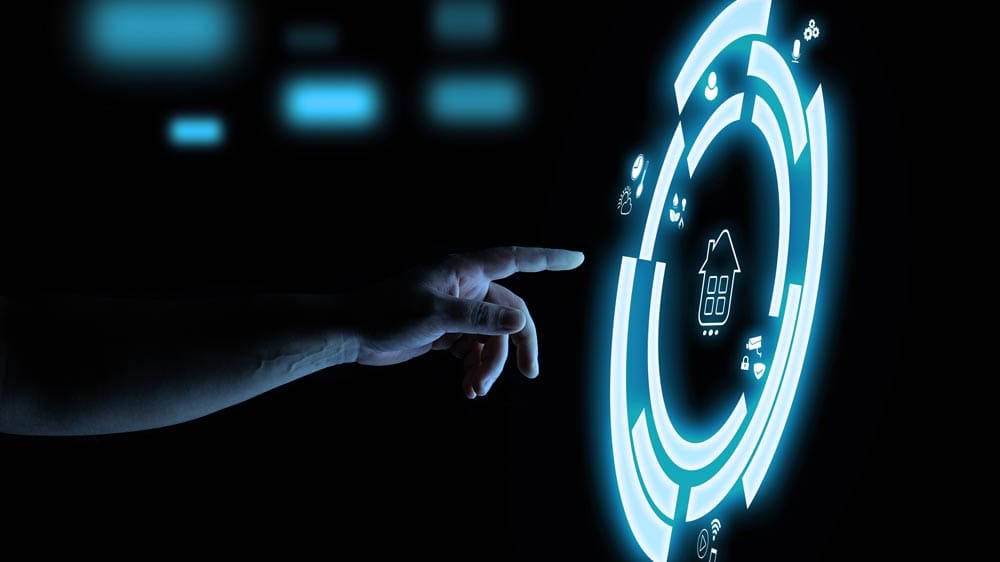There are many reasons that the IEEE Standards Association (IEEE SA) is ideally suited for its role as a prime collaborative environment for the worldwide Internet of Things (IoT) movement.
For one, IEEE expertise spans the established and emerging technology areas that enable the IoT, as well as its established presence in those vertical industries that are most impacted by the IoT. In addition, IEEE has a rich history of openly inviting stakeholders of any technology area, geographic market or size to participate in global collaboration in historic-scale innovation.
This sort of experience is especially relevant with regard to the IoT. Because while the IoT looms as a multi-trillion-dollar market opportunity, it is not necessarily just the world’s largest companies or industrial leaders from the world’s largest national economies that will make the important foundational decisions about its future. IoT innovation is being heavily driven, as well, by the startup world—by pioneering individuals and companies who are uncovering new business models and go-to-market approaches that embrace the visionary nature of the IoT. And this dynamic certainly has been recognized by IEEE.
Everyone’s Invited
The IoT is multifaceted and forces us to expand our horizons and venture into unfamiliar territories in search of answers. In some respects, this makes it similar to other areas of innovation in which IEEE has helped facilitate important collaboration. Take the Internet, for example.
Thousands and thousands of individuals—from startups and well-established companies alike—have contributed in the open development of IEEE standards for the Internet, through a proven process that is rooted in consensus, due process, openness, right of appeal and balance and noted for its rigor. Technical experts from across varied technology domains and industry sectors have worked through IEEE to extend Internet interoperability, fuel innovation and hone solutions that support an open Internet. Small and large players—oftentimes, competitors with one another—have worked side by side to help drive the development and ongoing refinement of such foundational Internet standards as IEEE 802.3™ (Ethernet) and IEEE 802.11® (“Wi-Fi®”).
One of the ways that the IEEE SA is facilitating global collaboration in this early stage of IoT development is by convening open events that highlight IoT and especially the role standards play in its development. The IEEE SA has hosted a number of events—in Grenoble, Las Vegas, New York, San Jose and Tel Aviv—that have specifically targeted nascent IoT companies and organizations. Startup sessions are planned also for the 14-16 December 2015 IEEE World Forum on Internet of Things in Milan.
In various ways, these events aim to serve as a catalyst for the continued expansion and growth of the IoT ecosystem—by allowing startup companies to introduce themselves to potential partners and investors, for example. Events such as these are critically important in the development of the global IoT movement. Startups are leading so much of the growing momentum sweeping across the IoT landscape, and, through the IEEE SA, startups and large, long-established companies like my own employer, STMicroelectronics, together tap into not only broad technology resources but also proven consensus-building capabilities.
Open Standardization
Another way that IEEE is involved in facilitating global IoT collaboration is in standards development. Open standards are integral to the IoT’s growth. Standards are the building blocks that form the IoT’s foundation and ensure interoperability. Inventing intelligent systems and devices will ultimately be of far less benefit if they are not able to interoperate or communicate with one another.
With the IoT’s multifaceted nature allowing it to cross over many disciplines and vertical markets, laying a path to true convergence and interoperability must be a top priority. Globally scoped and widely agreed-upon standards, in turn, are no less than crucial for the development, adoption and expansion of the IoT. The globally open-development effort to produce IEEE P2413™, Draft IEEE Standard for an Architectural Framework for the Internet of Things (IoT), is predicated on this thinking.
The IEEE SA began convening cross-discipline workshops and roundtables among global IoT leaders years ago, and those conversations have led to a number of important activities both across and beyond IEEE. One is development of IEEE P2413, which is being created to define an architectural framework to promote cross-domain interaction, aid system interoperability and functional compatibility and fuel the growth of the IoT market. When completed, the standard is intended to provide a blueprint for the quality “quadruple” trust—protection, security, privacy and safety—and propose a reference model defining relationships among various IoT verticals (e.g., transportation, healthcare, etc.) and their common architecture elements. IEEE P2413 also is intended to identify planned or ongoing projects with a similar or overlapping scope.
The IEEE SA’s portfolio of more than 1,100 active standards and over 500 standards in development include many that are directly related to the IoT. Additional standards development will be necessary, as well, in areas such as architecture, big data, cloud computing, communications, distributed intelligence, privacy and security of data and the smart grid. The IEEE SA provides a proven democratic platform for the globally open development of the standards that the IoT will demand around the world.
Crossing Traditional Boundaries
The IEEE IoT Initiative and IEEE Internet Initiative are among the other examples of important activities that grew out of the cross-discipline workshops and roundtables that the IEEE SA convened among global IoT leaders.
The mission of the IEEE IoT Initiative is to serve as the gathering place for the global technical community working on IoT and provide a platform where IoT professionals learn, share knowledge and collaborate on this sweeping convergence of technologies, markets, applications and the Internet. IEEE IoT is one of several important multi-disciplinary, cross-platform IEEE initiatives serving as a home for engineering and technology professionals in industry, academia and government.
The IEEE Internet Initiative is another. Along with technical promise and challenges, the IoT is also bringing to the fore important questions around technology policy. The IEEE Internet Initiative exists to connect the voice of the technical community to global policymaking for Internet governance, cybersecurity and privacy, to help inform those debates and decisions and to help ensure trustworthy technology solutions and best practices.
In addition, the IEEE SA engages and collaborates with other global standards bodies—such as the International Electrotechnical Commission (IEC), International Organization for Standardization (ISO) and International Telecommunication Union (ITU)—in order to maximize the effectiveness and visibility of international standards within IEEE and the global community. Furthermore, the IEEE SA has developed key relationships with organizations within context of the IoT specifically.
For example, IEEE P2413 Architectural Framework for the Internet of Things (IoT) Working Group collaborates with a number of industry groups, including the Industrial Internet Consortium, an open membership organization formed to accelerate the development, adoption and widespread use of interconnected machines and devices, intelligent analytics and people at work. Under terms of a liaison agreement, the consortium and the IEEE SA are sharing their stakeholders’ expertise on requirements for the industrial IoT and exploring gaps in interoperability standards.
Such instances demonstrate how the IEEE SA is purposefully not acting as an island in IoT innovation. The IEEE SA seeks in the IoT to serve as a strong organizing force for worldwide collaboration—to provide a unified, globally open platform for the benefit of not only humanity, but also industry.
Conclusion
By strategically looking at the global plane of IoT opportunities for several years, IEEE today offers the full package of activities through which global stakeholders are gaining a better understanding and developing the IoT.
IEEE technologists are dedicated to advancing technological innovation and excellence for the benefit of humanity, and they span all of the technology areas that touch the IoT. IEEE has communities of thousands of engineers, scientists, industry leaders and others across an unmatched array of technology areas, industry domains and geographic markets.
The IEEE SA offers a range of market-driven standards and globally open events, standards development projects and activities within globally open processes that are proven for fostering collaboration across the world’s brightest minds. Rather than focusing on a specific component of the IoT or a segment of needs, IEEE is working to operate as a true industry partner in IoT innovation—with a variety of opportunities for accessing global collaboration in the field, for stakeholders of any technology area, geographic market or size.









